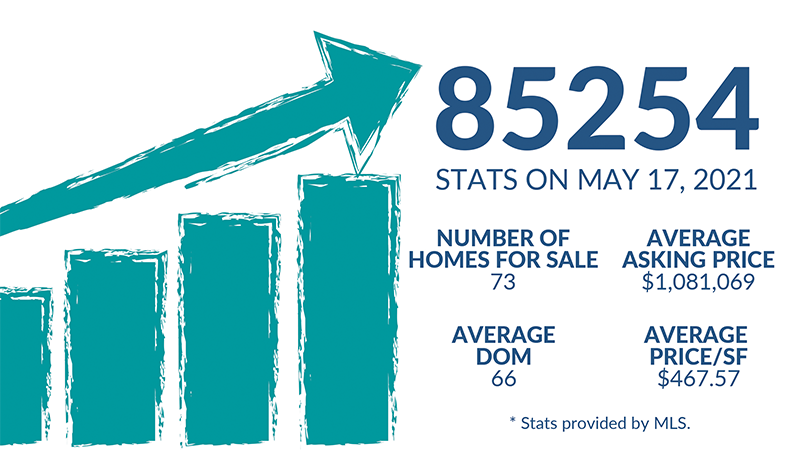By Joseph Callaway
Many home buyers focus on how long a home has been for sale, also known as Days on Market (DOM). The reasoning is that the longer a property goes unsold, the more overpriced it is and the lower an offer should be. This is often not the case and can lead to unfairly stigmatizing a property. There are many cases of sellers taking their homes off the market for three to six months hoping to escape this unfair judgment.
There can be, and often is, a good reason for a higher DOM, such as an uncooperative tenant, a long (but unsuccessful negotiation), or days lost to an extensive repair like a new roof. Conversely, a home may have a lower DOM even though it has been extensively marketed offline or through a ‘Coming Soon’ status on the Multiple Listing Service (MLS).
So why calculate Days on Market anyway? Actually, a large number of MLS systems across the nation do not include this calculation at all. They reason that DOM creates more confusion than certainty, so they simply exclude it. In Arizona, however, we have the DOM calculated on every listing.
So, what do we do with it? The best approach is to look deeper when considering making a purchase offer. A real estate professional can find out many items more helpful to a home buyer than DOM. They can look up starting price, current price, how long a listing has been at the current price, what the seller paid and how long ago, and can approximate the seller’s equity. This is all more important information than overall Days on Market.
Another approach is to ask the seller, or the listing agent, for an explanation if the DOM seems high. Their answer or explanation may give you more guidance as you try to determine an offer or price the seller would accept.
Just bear in mind that Days on Market is simply a tool, not a rule.
Joseph Callaway is co-owner of Those Callaways, an independent brokerage operating in 85254 for 25 years. For additional information, visit ThoseCallaways.com or call 480-596-5751.





